Flat roofs
Flat roofs can be found on buildings of all ages. They can be covered in a variety of materials. Seldom flat, they should be laid with a gentle slope (fall) to allow rain to drain to the gutter or drain.
Most flat roofs should not be walked on, especially if there are blisters. Crawl boards should be used on roofs where there is regular maintenance traffic.
The different roof coverings
Flat roofs can be made of a number of materials of which lead is the longest lasting. Other metals can be used and you will often find asphalt or bitumen coverings.
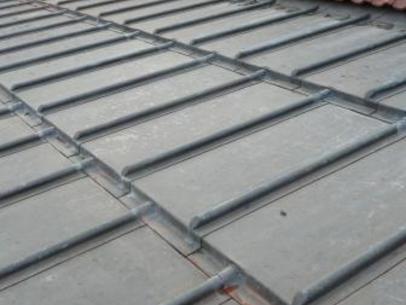
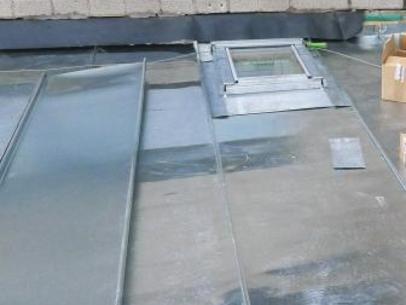
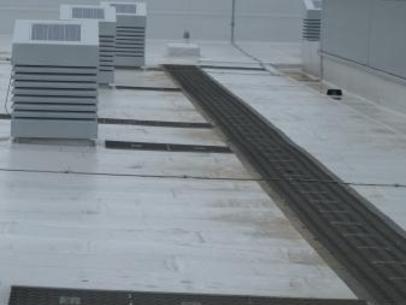
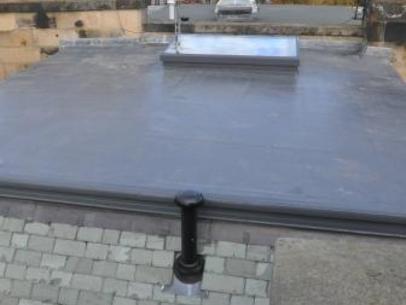
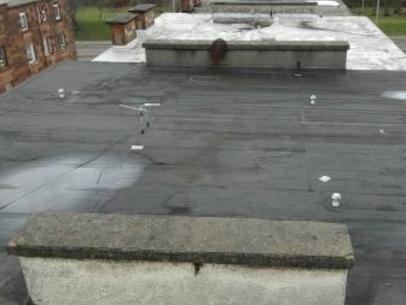
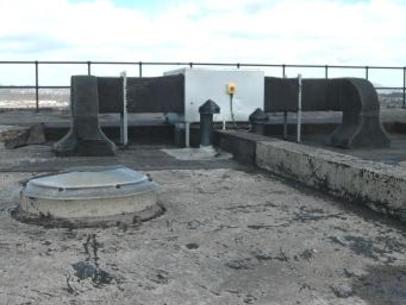
'Cold' and 'warm' roofs
'Cold' roofs have the insulation under the water proof covering, whilst 'warm' roofs have the insulation above the waterproof layer. Cold roofs need a vapour barrier above the insulation, and the space between the vapour barrier and the roof covering needs to be ventilated to prevent condensation.
"Warm" roofs are less likely to suffer from condensation.
Problems common to all flat roofs
If not laid to a slight fall, ponding can occur. It's not an urgent problem unless the roof is leaking. Long-term, however, ponding can lead to problems. Large or deep ponds add weight to the roof, and problems can occur at the edges of the ponding, so keep an eye on the situation.
Poor insulation and a lack of vapour barriers or ventilation to the underside of the roof can lead to heavy condensation, which is often mistaken for rain penetration. The condensation can lead to rot in the timber structure and corrosion on the underside of lead roofs. Fit appropriate ventilation and insulation.
Before deciding upon a repair, ask a builder to check the condition of the ceiling or roof void below. If the roof is concrete, it may be advisable to carry out a core test of the concrete before specifying the final repair.
Wind can damage flat roofs, especially those on higher buildings where the edges of the roof or seams are poorly made. Wind can also move chippings, leaving parts of the roof exposed and liable to breakdown by UV light.
"Thermal" and "atmospheric" pumping can occur in metal roofs in some circumstances where the space under the roof is affected by wind or temperature changes. Generally detectable by the noise made, the situation can be resolved by adding additional ventilation. Consult a specialist roofing contractor.
Replacing your flat roof
There are many factors to consider and a number of alternative materials that can be used.
Consider:
- how long a guarantee (materials and installation) you want from installers
- whether you can add more insulation or need to improve ventilation
- whether you are in a conservation area or listed building
- how often the roof is walked on
If you can manage to add more insulation, you may need to raise upstands to cope with the additional depth of the roof.
Whilst choice of materials is very important, any material will last much longer if it is properly laid so get experienced workers on the job.
If the flat roof is covering a large part of your building and needs major repair or replacement, get a professional survey before proceeding.
Who pays?
Roof repairs are normally a common responsibility.
Further reading
Further information